This Is How Santa Claus Can Deliver Presents To The Entire World In One Night

With 1.6 billion households in the world, how does Santa do it? With a little Christmas magic… and a lot of science!
How does Santa Claus do it? In one long night, a stout and elderly man, equipped with a magic sleigh and eight flying reindeer, delivers toys to children in every household all over the world.
The only catch? They have to believe in him.
You have to wonder if this could physically be possible. If he had the right technology and technique, could Santa Claus actually make all of these deliveries? With the world’s population now in excess of 7 billion people, it’s a tougher job than ever for Santa Claus. But with the power of science — and maybe a little Christmas magic — Santa is more than up to the challenge.

Here’s what Santa has to live up to, in terms of the number of households he has to reach and the average distance between them.
- According to Wikipedia and extrapolating for population growth since the date of the survey, there are approximately 1.6 billion households worldwide.
- Since the Earth has about 25 million square miles (65 million square kilometers) of habitable land, the average distance between any two households is approximately 0.138 miles (0.225 km).
- And, at least in the United States, Santa will “pretend to” visit 31% of households in any given year. (Pretends to? I scoff at your cold-hearted skepticality, Pew.)
All told, Santa has the responsibility of delivering presents to right around 500 million households, with a mean separation that rises to 0.205 miles (0.33 km) when you account for the houses that Santa isn’t able to visit.
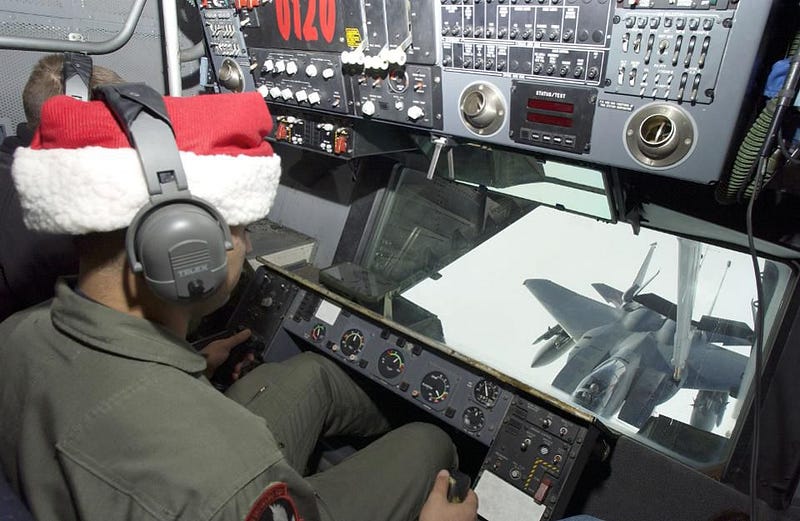
While that adds up to a whole lot of visits and an awful lot of distance to travel, Santa doesn’t have a whole lot of time to get everything accomplished. Starting from sundown on Christmas Eve on one side of the international date line (in Russia) and ending just before sunrise on Christmas Day on the other side (in Alaska), Santa at least has the benefit of being close to the winter solstice, which gives him some extra time in the Northern Hemisphere.
Due to timezones, the international date line, and the variations in sunset/sunrise times between locations and latitudes, Santa winds up with a maximum of 42 hours to hit those half-a-billion households. In that brief time, Santa has to accomplish the following tasks:
- travel to each house, a mean distance of 0.205 miles (0.33 kilometers) from the previous house,
- depart his sleigh and enter the house undetected,
- deliver all the presents,
- eat any snacks left for him,
- and then leave the house undetected, mount the sleigh, and head for the next house.
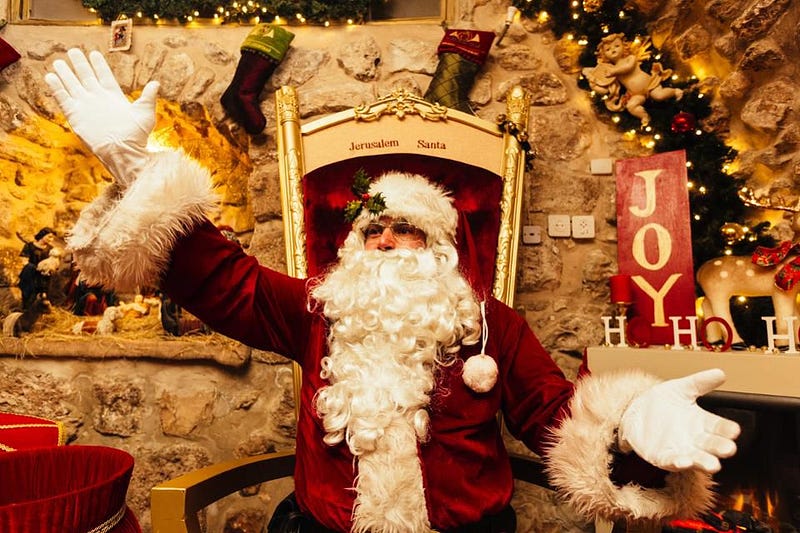
The idea that one person could accomplish all of those tasks some 500 million times in a 42-hour period seems a daunting challenge. (In fact, innumerable parents of children who’ve ever believed in Santa Claus can provide testimonials as to what a challenge it is for even one household!) But Santa is undaunted by the monumental task before him.
With 500 million households to visit and 42 hours to do it in, that means Santa has a total of just 300 microseconds (0.0003 seconds) to accomplish everything he needs to accomplish per household.
Sound impossible? Maybe for a normal human with conventional technology, sure. But Santa may just be the world’s greatest scientist, as I recently told Big Picture Science and the SETI Institute. And if you accept science, you should have faith in Santa, too. Let’s take a look at each of the objections you may have.

1.) There’s no way Santa could travel to each house that quickly. These speeds aren’t so bad; compared to the vehicles we’ve designed, the speeds Santa needs aren’t actually all that fast. At least, not compared to relativity and the speed of light. To move that 0.205 mile (0.33 km) average distance from house-to-house, assuming a time of 150 microseconds (which is half the total time he’s allowed at each house), Santa need only travel at around 1,367 miles-per-second (2,200 km/s).
Sure, that might seem awfully fast compared to your typical sleigh, or even your typical car, train or supersonic aircraft. But that’s less than 1% the speed of light, and far slower than particles emitted by radioactive atoms, particle accelerators, or even the Sun.
If you fuel up those reindeer right, there’s no reason to believe Santa can’t make this house-to-house journey in record time.

2.) There’s no way an open sleigh — and a Santa within — could handle the heat or acceleration generated. First, there’s the heat objection. Moving at those intense speeds, the frictional forces of the atmosphere alone could be a disaster; the only thing we’re familiar with that collides with the atmosphere at those speed are meteors, and satellites that re-enter the atmosphere.
Santa would need to dissipate somewhere on the order of a few trillion Joules of heat each second of travel, which is a tremendous amount. Without any protection, you might expect Santa, soaring through the atmosphere at meteor-shower speeds, would burn up the way a satellite does during re-entry.
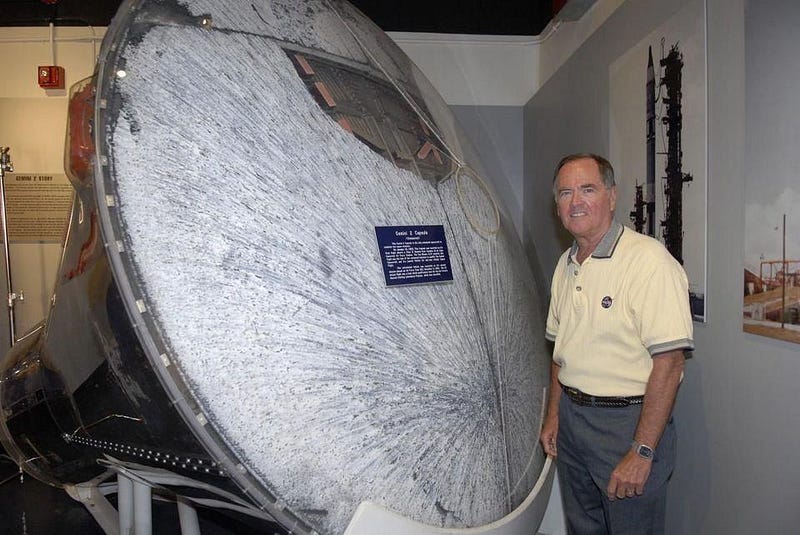
But there are two ways out:
- He could have a heat shield protecting both the reindeer and himself, allowing him to travel freely. This is a problem, however, if we’re considering an open sleigh, which won’t leave the rider shielded by definition. But the second option might overcome even this.
- He could have such an aerodynamically advanced vehicle that the air in front of him is mostly evacuated, leaving only a smooth breeze. Make sure Santa has oxygen to breathe, and we’re good to go.
The accelerations are a little rougher, mind you. Going from 0-to-60 miles-per-hour in a tenth of a second is a disaster for most people; you’d pass out (or worse) from the acceleration. That’s assuming you experience only 27 gs of force, where 1 g is the acceleration due to Earth. But Santa, to reach just his average speed traveling house-to-house, requires 1.5 billion gs.
Even if we account for most of the world’s population being concentrated in urban areas, the acceleration and deceleration during the journey from rooftop-to-rooftop would be catastrophic in these short time intervals.
The record for human endurance over short times is 83 gs, by Major John Beeding on a rocket sled. The idea that humans could take these incredible accelerations/decelerations was pioneered by John Stapp, who tested his devices on himself in the 1940s and 1950s.
But Santa isn’t doomed by these constraints; he simply needs to implement the right workaround. All he needs, to survive this journey at these speeds and accelerations, is a way to keep his blood flowing normally through his body. A sufficiently pressurized suit, combined with a biological turbine system that’s far more powerful than a human heart, could easily do it.
Sure, biological modification isn’t what you think of when you think of Santa, but surely the happiness of children all over the world is worth a little organ replacement surgery?
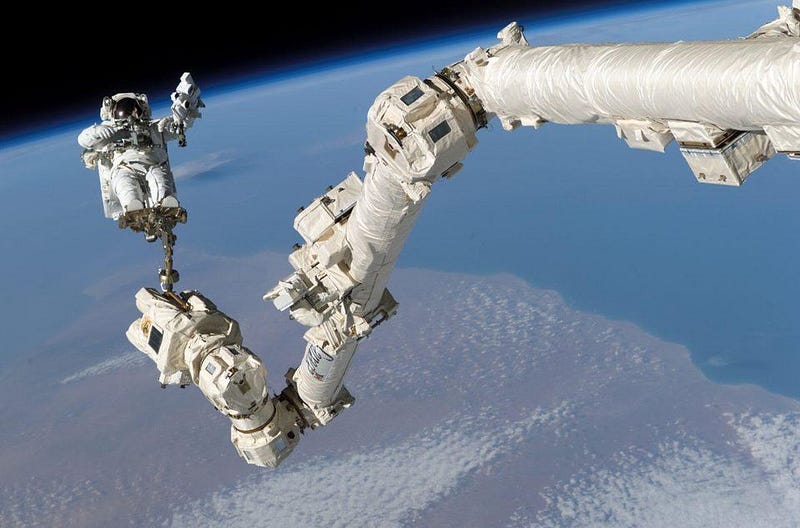
3.) How could Santa get into all those houses so quietly, and never leave footprints? Stealthy isn’t exactly the picture you have in mind when you think of an overweight, elderly man traveling all over the world and wearing boots. It might be tempting to think about placing Santa inside via a mechanical rig — whether through a chimney, window, or other point of entry — but the laws of physics offer an even better option.
In the quantum Universe, though, there’s a finite probability that if you’re on one side of a barrier and run into it, you won’t simply smash into it or bounce off. Instead, you just might tunnel through to the other side. This phenomenon of quantum tunneling is known to occur, and should result in a finite probability of even macroscopic objects doing so, albeit with very low likelihood.
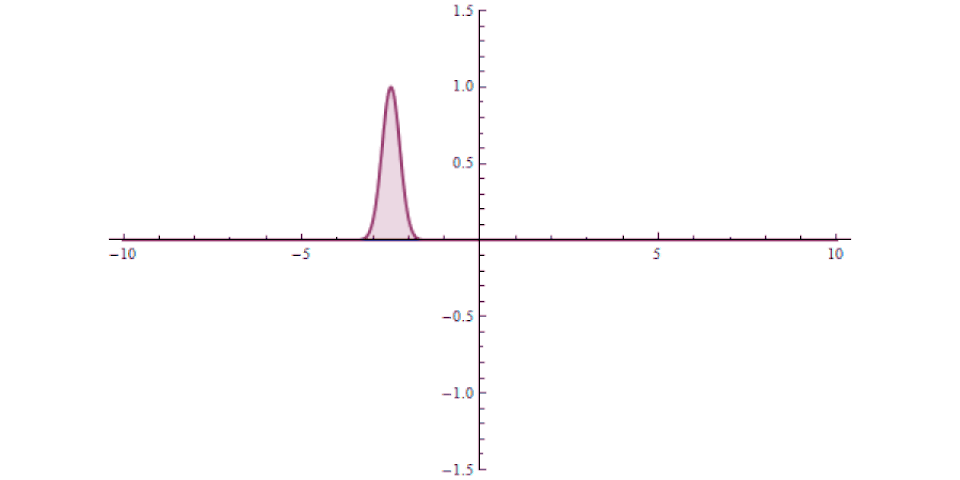
Could Santa have completely mastered control over this phenomenon? It’s the most elegant solution to a difficult problem, allowing Santa to:
- enter any house at will,
- bring whatever presents he wanted inside,
- leave whatever presents he wanted wherever he chose,
- and then exit, with just himself, to return to his sleigh.
As he’s the greatest scientist in the history of humanity, I would never bet against Santa.

4.) How could he deliver the presents so fast? Delivering presents doesn’t have to take very much time at all. So long as Santa arrives in the correct location, all he needs to do in order to deliver these presents properly is this: let go of them. Bring them in at a tiny, negligible distance above the ground, right under the tree, and just release them.
That’s it! With the presents delivered, it’s onto the next house, after only one more important task.

5.) The eating of the Christmas snacks. This actually works out brilliantly. You see, it takes a tremendous amount of energy — and hence, fuel — to drag a sleigh full of presents for 500,000,000 households all over the world. Sure, you can imagine that your flying reindeer are already magic, so maybe they could just magically take care of this. But let’s be scientific instead, and remember that everything must obey the conservation of energy, even Santa Claus.
So, how much energy does it really take to carry these presents all over the world?
Assuming Santa has about 4.5 pounds (2.0 kilograms) of presents to deliver to each house, that add up to around a million metric tons of presents on his fully-laden sleigh. (It gets lighter as the night goes on.) This is about 4,000 times the payload capacity of the largest aircraft on Earth: the Antonov An-255, which is used to transport the space shuttle.

Rocket fuel is expensive, sure, but it’s also inefficient! Only about 0.001% of the mass in rocket fuel goes into energy; the rest is simply wasted, dead weight. But what if Santa’s reindeer — the real power behind the epic flight of Santa Claus — could turn those milk and cookies into energy via Einstein’s E=mc²?
Quite amazingly, the tiny, little amounts of mass in even a single, small cookie could power Santa and all the toys in the world from one house to the next, because E=mc² is 100% efficient. The leftovers, of course, are all for Santa’s enjoyment.

Sure, there are many fictitious tellings of the Santa story, where he relies on technology, magic, or a slew of helpers, but those are for the doubters out there who don’t understand the true power of Christmas magic. After all, you must never forget the most important lesson we learned from Apollo 8, the first crewed spacecraft to leave low-Earth orbit. The following exchange between Ken Mattingly (at mission control in Houston) and Jim Lovell (aboard Apollo 8) 50 years ago:
089:32:50 Mattingly: Apollo 8, Houston. [No answer.]
089:33:38 Mattingly: Apollo 8, Houston.
089:34:16 Lovell: Houston, Apollo 8, over.
089:34:19 Mattingly: Hello, Apollo 8. Loud and clear.
089:34:25 Lovell: Roger. Please be informed there is a Santa Claus.
089:34:31 Mattingly: That’s affirmative. You’re the best ones to know.
With all the science we know, there’s only one mystery that we still don’t know how to answer about Santa Claus. With all those presents to deliver, when does he find time to go to the bathroom?
Ethan Siegel is the author of Beyond the Galaxy and Treknology. You can pre-order his third book, currently in development: the Encyclopaedia Cosmologica.





